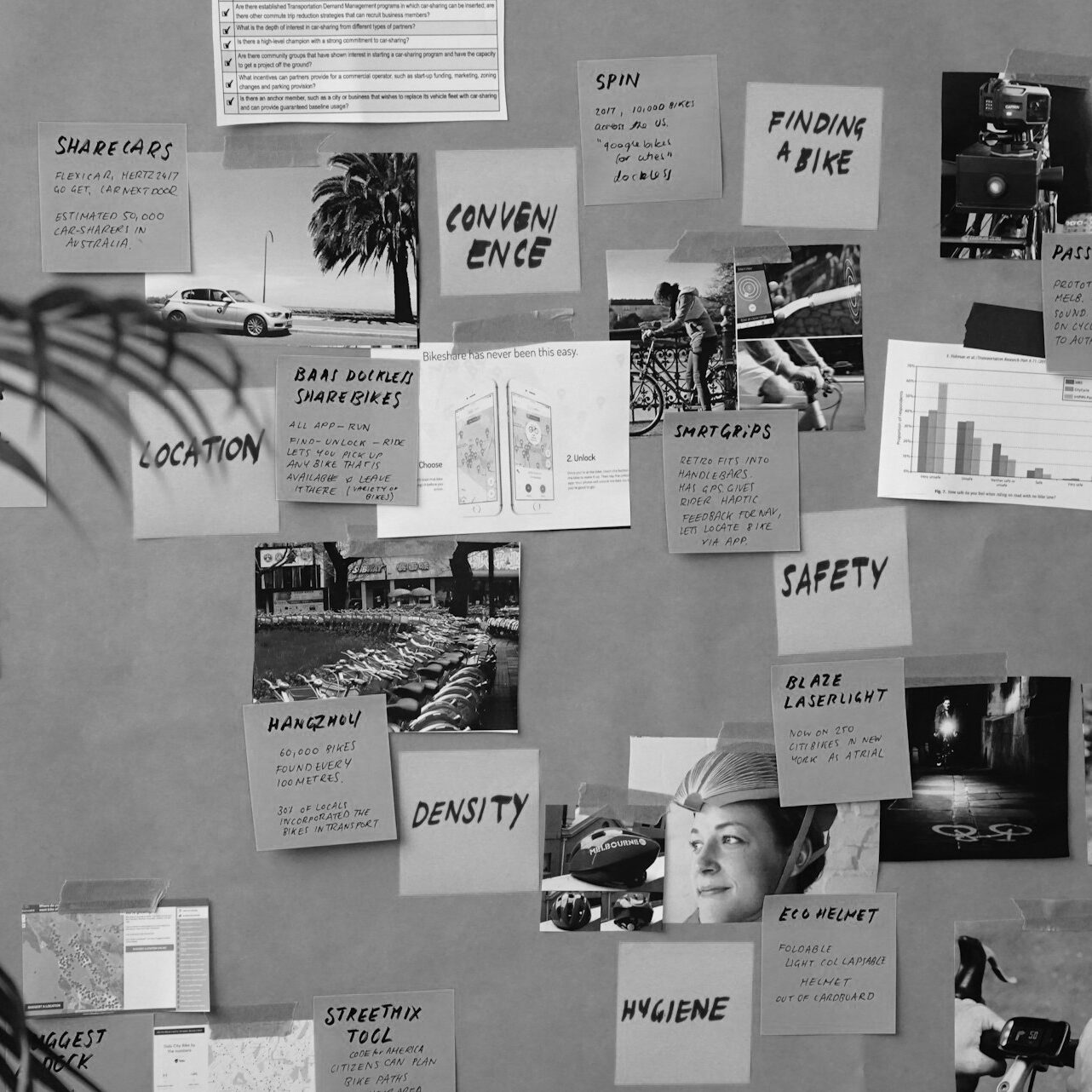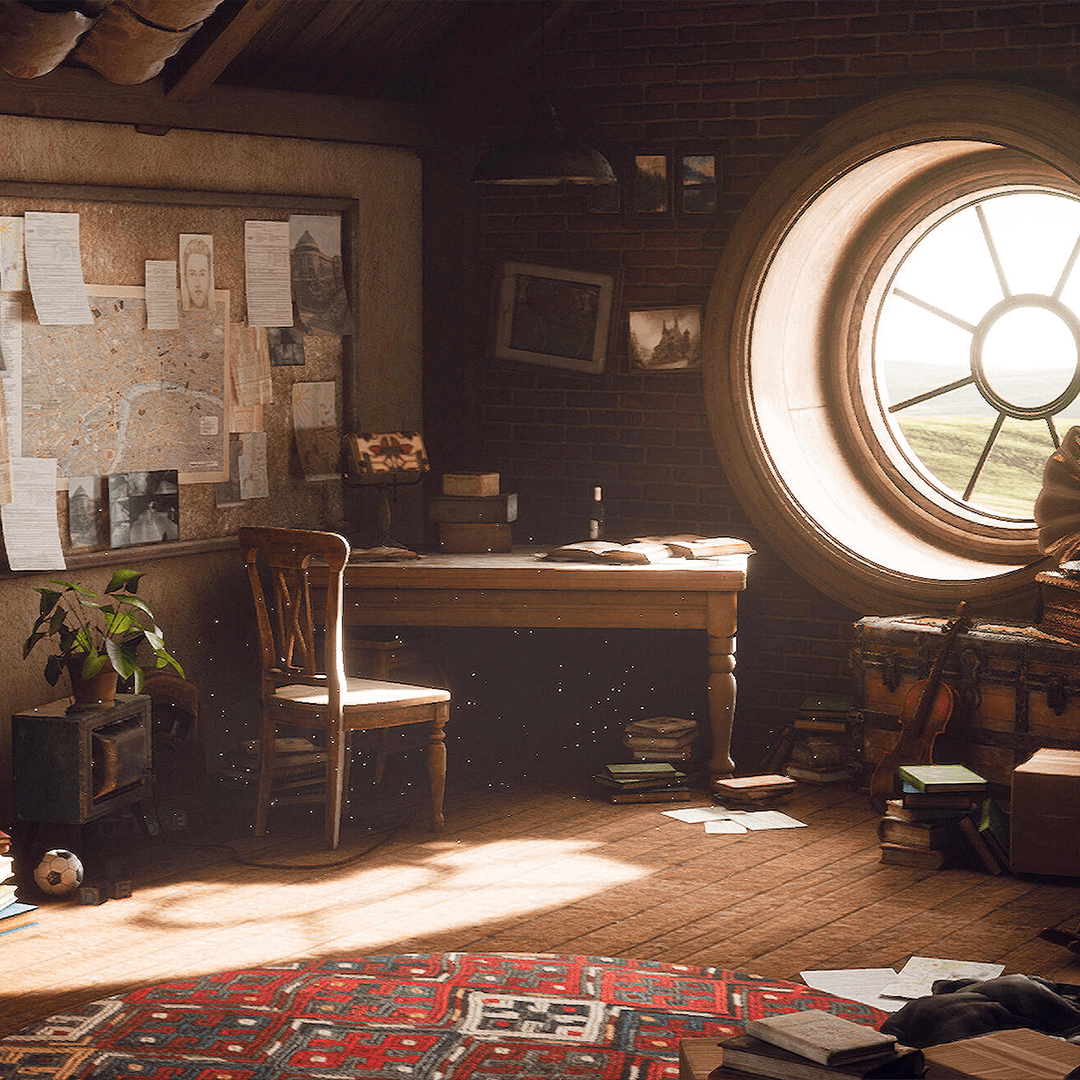From Pen to Pixel
The Evolution of Graphic Design in the Digital Age
In the rapidly evolving digital age, graphic designers harness modern technology’s power to change how we experience the web.
From creating visually stunning websites with AR/VR integration to designing intuitive user interfaces (UI) that prioritize user experience (UX), graphic designers are at the forefront of innovation. This article chronicles the fascinating graphic design journey in the digital age, exploring its ever-closer relationship with technology and its profound impact on user experiences and brand identity.
The Evolution and Key Milestones
Graphic design has undergone a remarkable metamorphosis over the past few decades, keeping pace with technological leaps. Traditionally, graphic design was hands-on, relying on manual methods such as intricate drawing, dynamic painting, and complex printmaking techniques. However, the advent of computers and digital tools has ushered in a new era, revolutionizing the field and empowering designers to explore unprecedented creative possibilities.
Revolutionizing Graphic Design with Adobe Illustrator and Photoshop
The introduction of desktop publishing software like Adobe Illustrator and Photoshop in the 1980s democratized graphic design, making it more accessible and versatile for a wider range of users.
The Internet Era Transforms Graphic Design
The rise of the Internet in the 1990s opened a new domain for graphic designers, who began creating visually appealing and functional websites.
Adapting Graphic Design for Smartphones
With the proliferation of smartphones in the 2000s, graphic designers adapted to designing for smaller screens, emphasizing responsive and adaptive design.
User-Centered Graphic Design for Enhanced Engagement
In the 2010s, the focus shifted towards creating user-centered designs, prioritizing usability and accessibility to enhance user engagement.
A Driving Force in Graphic Design
The marriage of artistry and technology is the lifeblood of modern graphic design. Digital tools have become an extension of a designer’s creativity, empowering them to transcend limitations and bring their visions to life with unparalleled precision and efficiency.
Technology has become an unleashing force in artistic expression, particularly in graphic design. Many innovative tools empower designers to push the boundaries of their craft and bring their visions to life with stunning detail and captivating experiences.
A Look at Powerful Tools
The modern design landscape thrives on a powerful synergy between creative vision and technological innovation. Let’s delve into three tools that are revolutionizing the way designers approach their craft.
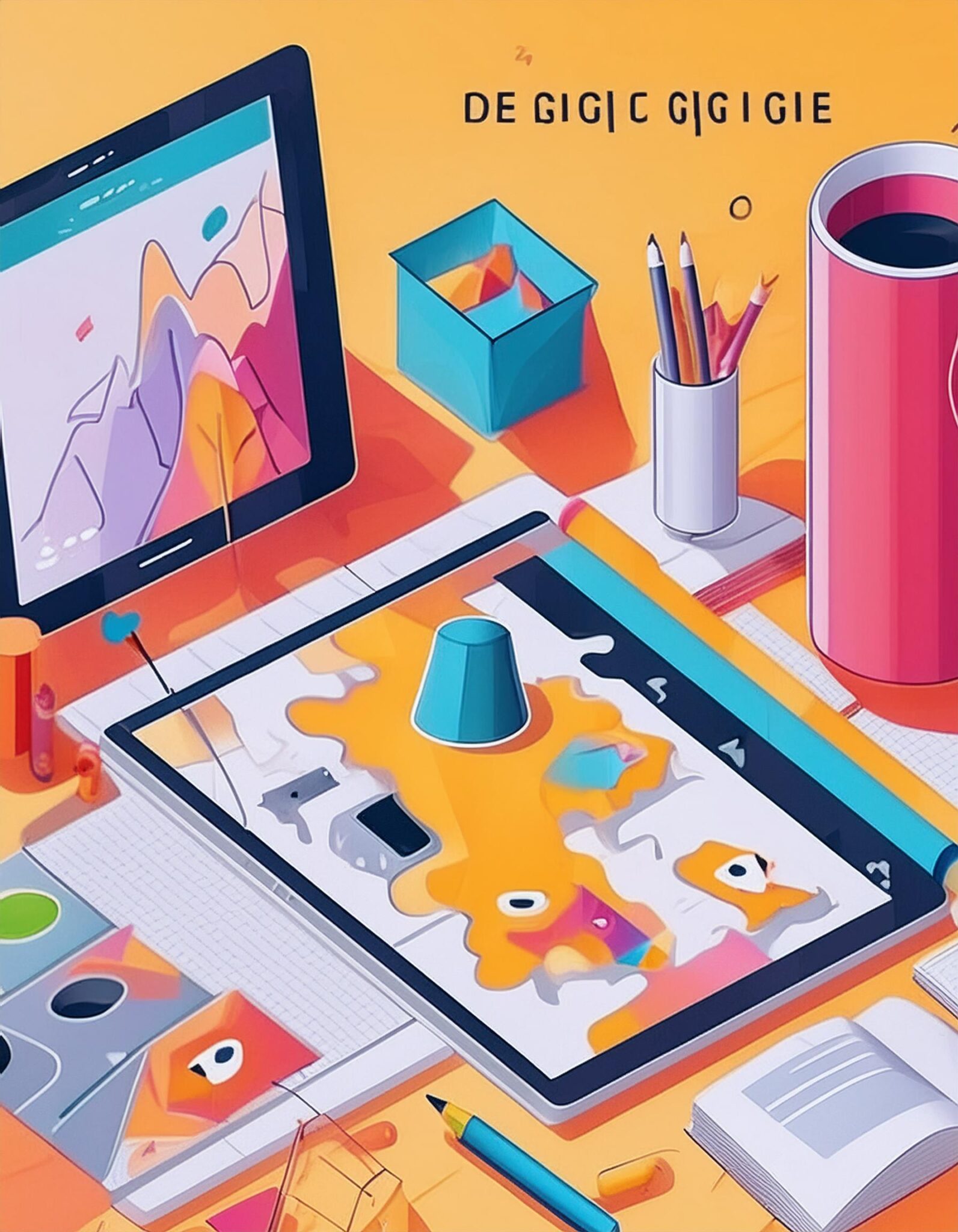
Bridging the Gap Between Traditional and Digital Art
Digital drawing tablets, like those pioneered by Wacom, have become an indispensable tool for graphic designers and illustrators. These pressure-sensitive tablets allow for a natural drawing experience, mimicking the feel of traditional pen and paper. This enables designers to create intricate lines, textures, and shading, resulting in illustrations that seamlessly blend the best of both worlds
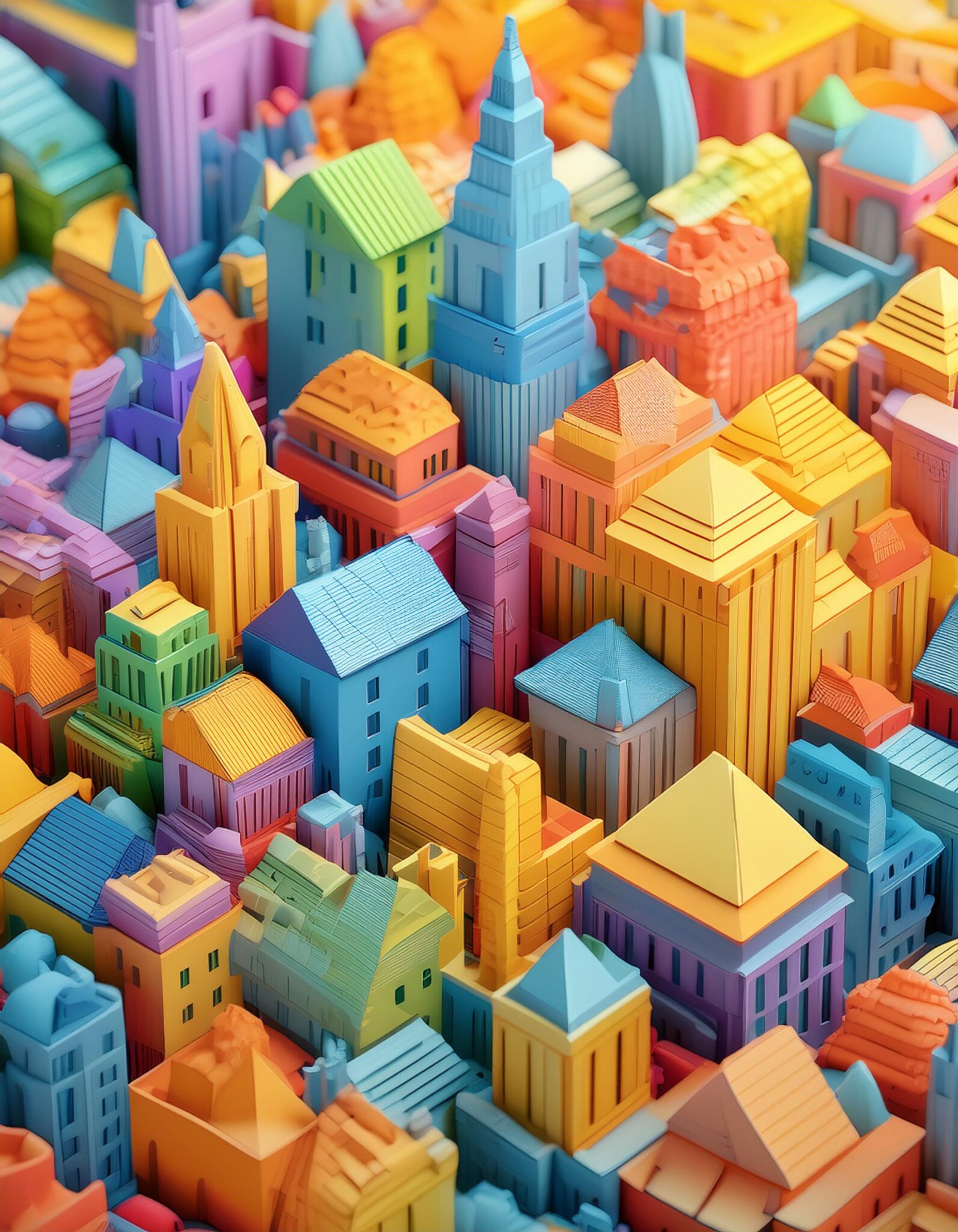
Sculpting the Future of Design
3D modeling software, such as Blender and Autodesk, empowers designers to create stunningly realistic 3D graphics and models. These applications offer a vast array of tools for sculpting, texturing, and lighting, allowing designers to craft objects, characters, and environments that appear to leap off the screen. The possibilities for 3D modeling extend far beyond visual design, with applications in animation, product design, and even architectural visualization.
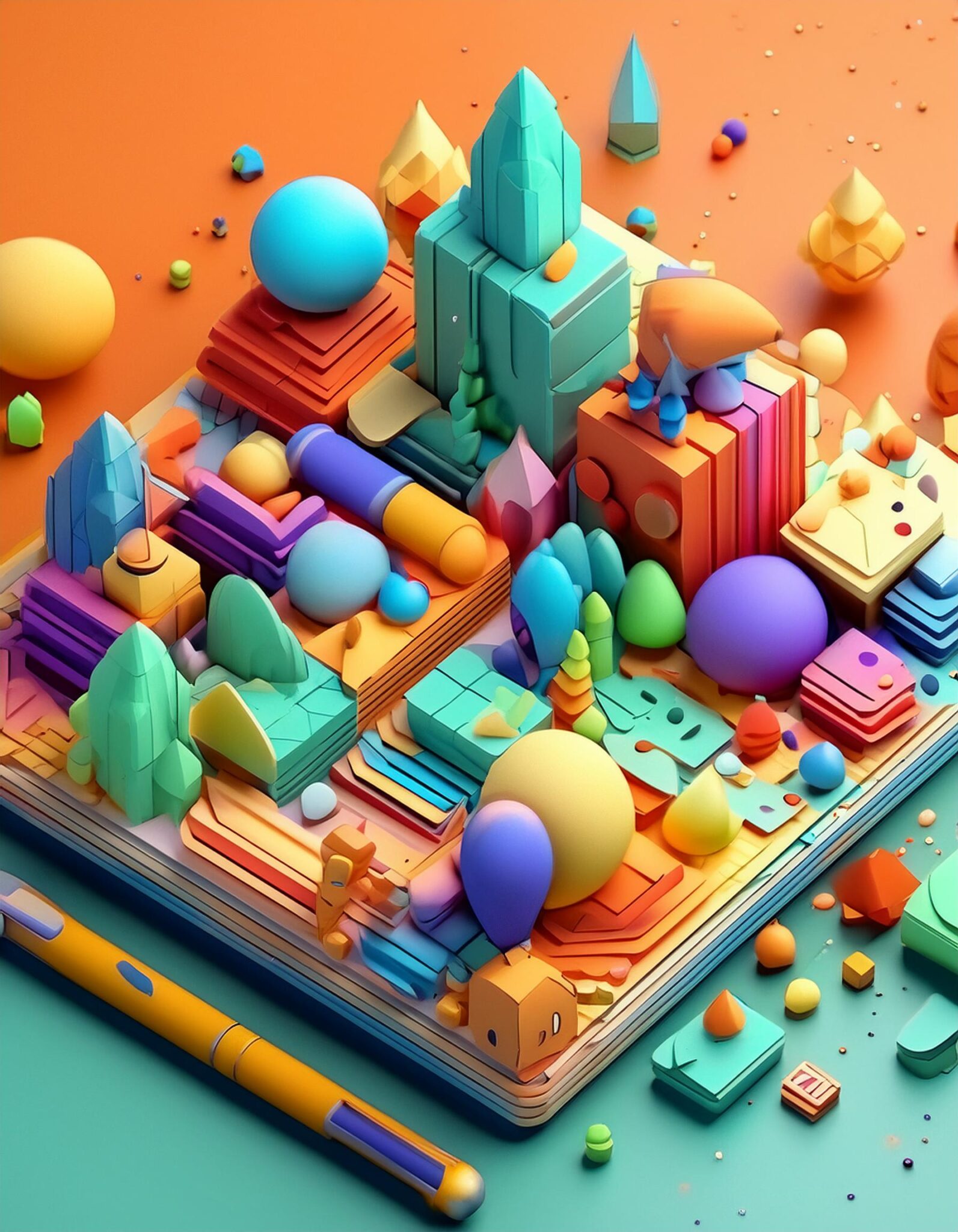
Redefining the Design Experience
Augmented reality (AR) technology is rapidly transforming the design industry, offering a unique blend of the virtual and physical worlds. Imagine being able to overlay your design concepts onto a real-world environment, allowing clients to see how a new logo might look on a storefront or how a furniture layout might fit within a room. AR opens doors for interactive design experiences, fostering collaboration and enhancing the design visualization process.
Shaping Experiences Through Design
The influence of graphic design extends far beyond traditional mediums. Today, designers push boundaries and create impactful projects that shape user experiences across various digital platforms. Here are two prime examples
Stepping into a World of Imagination
Virtual reality (VR) technology has opened doors to entirely new design possibilities. Graphic designers play a pivotal role in crafting captivating VR experiences, meticulously designing virtual environments that transport users to fantastical worlds, educational simulations, or even interactive product demonstrations. By creating immersive visuals and intuitive user interfaces, designers ensure that VR experiences are not only visually stunning but also user-friendly and engaging.

Breathing Life into Stories
Gone are the days of static visuals dominating digital media. The art of motion graphics has revolutionized storytelling, allowing designers to create dynamic and engaging animated graphics. These animations can be used for explainer videos, product presentations, social media content, or even interactive website elements. By incorporating animation, designers can effectively capture attention, simplify complex concepts, and leave a lasting impression on viewers.

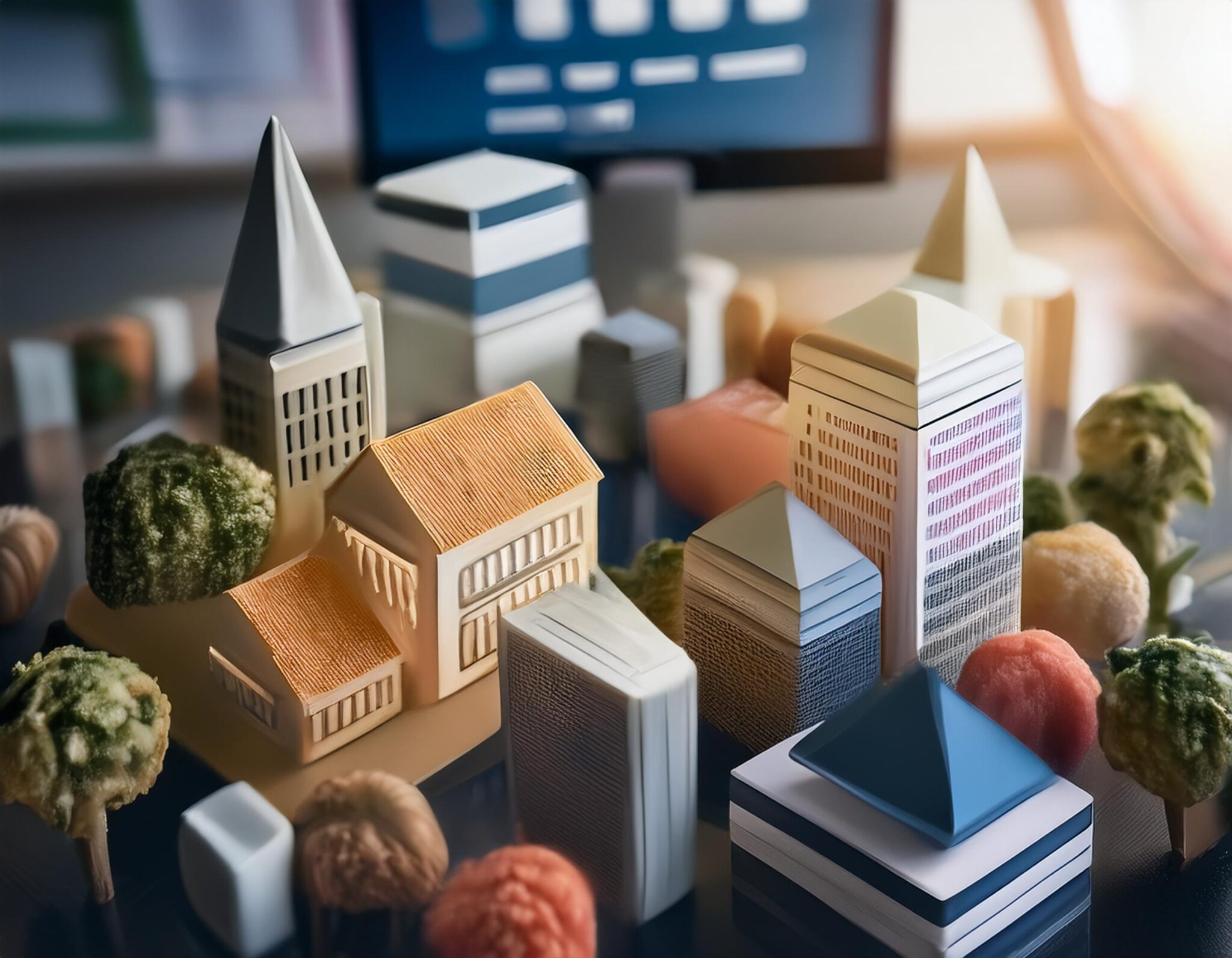
The Power of UI/UX Design
The realm of graphic design extends beyond aesthetics. Today’s designers are skilled in the art of user interface (UI) and user experience (UX) design, ensuring that digital products are visually appealing but also intuitive and user-friendly. Their work directly influences how users interact with websites, apps, and other digital interfaces.
UI/UX designers meticulously craft user journeys, considering every touchpoint within a product. They focus on factors like information architecture, layout, navigation, and interaction design to create clear, efficient, and enjoyable interfaces. By prioritizing usability and user satisfaction, UI/UX designers play a critical role in the success of any digital product.
If you are interested in learning more about UX Designs, I have written an article for you. The article takes you on a fun journey through the evolution of UX design, from its early days to modern trends. It highlights key pioneers, important changes over time, and cool future possibilities like AI and voice interfaces!
The article also provides a roadmap for becoming a UX designer, covering key skills like research, wireframing, and prototyping. It suggests using resources like design blogs, online courses, and tools like Figma and Adobe XD to get started. Learn more
Design Principles for Maximum Engagement
In today’s competitive digital landscape, user engagement reigns supreme. Here are three fundamental design principles that graphic designers can leverage to craft experiences that not only look beautiful but also resonate with users:
Building Trust Through Cohesion
Imagine navigating a website where the layout changes drastically from page to page, or encountering a mobile app with confusing and inconsistent icons. Maintaining visual consistency across a digital platform is paramount for a seamless user experience. This means using a consistent color palette, typography, and layout throughout the design. Consistency fosters a sense of familiarity and trust, allowing users to navigate intuitively and focus on the content itself.
Designing for Everyone
The power of design lies in its ability to connect with a broad audience. Accessibility goes beyond just following legal guidelines. It’s about designing with inclusivity in mind, ensuring that everyone, regardless of ability, can access and interact with your digital content. This might involve incorporating features like alternative text descriptions for images, proper color contrast for visually impaired users, and keyboard navigation for those who rely on screen readers. By prioritizing accessibility, designers create a more inclusive and equitable digital experience.
Understanding the Why Behind the Click
Great design isn’t just about aesthetics; it’s about understanding the user. Empathy-driven design encourages designers to step into the user’s shoes and consider their needs, motivations, and pain points. This involves conducting user research, analyzing user behavior, and iterating on designs based on user feedback. By prioritizing user needs, designers can create digital experiences that are not only visually appealing but also meaningful and user-friendly, fostering deeper engagement and loyalty.
The Art of Brand Storytelling
In the digital age, brands compete for attention in a saturated online landscape. Graphic designers play a crucial role in crafting a brand’s visual narrative, shaping a unique identity that resonates with target audiences. Through the art of visual storytelling, designers go beyond aesthetics, conveying a brand’s core values, personality, and messaging in a way that leaves a lasting impression.
Here’s how graphic design breathes life into brand storytelling
Visually Captivating Elements
Designers leverage visual elements like logos, color palettes, typography, and imagery to create a cohesive brand identity. These elements work together to evoke emotions and communicate brand values in a way that words alone cannot.
Designing for A Story Unfolding
A brand’s visual narrative isn’t static. Graphic designers craft a story that unfolds across various touchpoints, from website design and social media graphics to marketing materials and packaging. Consistency in visual style ensures that each touchpoint reinforces the brand’s identity and message.
Emotional Connection
The power of visual storytelling lies in its ability to connect with audiences on an emotional level. By using visuals that resonate with target demographics and evoke desired emotions, designers can foster brand loyalty and build a strong emotional connection with consumers.

The Building Blocks of Brand Identity
The success of any brand hinges on a strong and recognizable identity. In today’s digital age, where visual communication reigns supreme, graphic design plays a critical role in crafting a brand’s personality and message. Let’s delve into some key visual elements that designers utilize to shape brand perception
The Pillars of Recognition
A logo is a brand’s visual cornerstone, serving as the face that consumers will recognize and remember. Effective logos are not only memorable but also versatile, functioning well across various applications, from websites and social media profiles to packaging and marketing materials. Think of Apple’s minimalist Apple logo or Nike’s iconic swoosh – these instantly recognizable symbols are testaments to the power of well-designed logos..
Weaving a Cohesive Narrative
Beyond logos, a brand’s color palette and typography play a significant role in establishing a cohesive identity. A well-chosen color scheme can evoke specific emotions and establish brand associations. For instance, Coca-Cola’s signature red instantly evokes feelings of nostalgia and refreshment, while luxury brands often favor sophisticated color combinations like black and gold. Similarly, typography choices can convey a brand’s personality. Bold, sans-serif fonts might project a modern and tech-savvy image, while elegant script fonts can lend a touch of sophistication.
Real-World Examples
The power of visual elements in branding is evident in countless successful campaigns. Apple’s minimalist design approach, characterized by clean lines, white space, and a focus on user experience, perfectly embodies its brand values of innovation and simplicity. On the other hand, Coca-Cola’s vibrant red color scheme and nostalgic imagery evoke a sense of happiness and tradition, solidifying its position as a timeless brand. These are just a few examples of how visual elements can be harnessed to create a lasting impression and build brand loyalty.
Embracing Sustainability and Ethical Design
Graphic designers bear the responsibility of promoting sustainability and ethical practices in their work. This involves making design choices that minimize environmental impact and foster social responsibility.
Embracing Sustainability and Ethics
The power of graphic design extends far beyond aesthetics. In today’s world, designers have a crucial responsibility to promote sustainability and ethical practices within their field. This means making informed choices throughout the design process, considering the environmental and social impact of their work. Here’s how graphic design can embrace a more sustainable and ethical future.
Eco-Conscious Material Selection
Sustainable design starts with mindful material selection. Designers can opt for recycled papers, eco-friendly inks, and digitally-focused solutions to minimize the environmental footprint of printed materials.
Reduced Waste and Energy Consumption
The design process itself can be optimized for sustainability. By utilizing digital tools effectively and minimizing unnecessary printing, designers can contribute to a reduction in waste and energy consumption.
Socially Responsible Imagery and Messaging
Visuals have the power to shape perceptions and influence behavior. Graphic designers can leverage their skills to promote social responsibility by advocating for diversity and inclusion, and by using imagery that avoids harmful stereotypes or environmental clichés.
Designing for Longevity
Sustainable design goes beyond just materials. Creating timeless and well-designed products built to last reduces the need for frequent replacements and minimizes overall environmental impact.

Weaving Expertise for Digital Success
The magic of successful design lies not just in individual talent, but in the power of collaboration. When graphic designers join forces with other specialists, a synergy emerges, leading to exceptional digital products. Here are a few key benefits of fostering a collaborative design environment
A Spark from Every Perspective
Collaboration is a breeding ground for innovation. By bringing together individuals with diverse backgrounds and skill sets, the design process is enriched by many perspectives. Developers might suggest technical possibilities that spark new design ideas, while content writers might introduce fresh storytelling approaches. This cross-pollination of ideas leads to more creative and impactful design solutions.
Streamlining the Journey from Vision to Reality
Collaboration isn’t just about brainstorming; it’s also about streamlining the design and development process. When different disciplines work together seamlessly, there’s less room for miscommunication and wasted effort. Developers can provide early feedback on the feasibility of design concepts, UX/UI specialists can ensure user-centricity from the start, and content creators can tailor their work to complement the overall visual direction. This collaborative approach leads to a more efficient workflow and a faster time-to-market for digital products.
Building Products with the User in Mind
The beauty of collaboration lies in its ability to create a holistic product that caters to the user’s needs. By incorporating expertise from various fields, designers can ensure that their creations are not only visually stunning but also functional, user-friendly, and resonate with the target audience. Developers ensure technical soundness, UX/UI specialists prioritize user experience, and content writers craft engaging narratives. This collaborative approach leads to the creation of digital products that are truly user-centered and impactful.
Graphic Design on the Horizon
The realm of graphic design is dynamic and ever-evolving. As technology continues to break new ground, exciting possibilities emerge for the future of this creative field. Let’s explore some of the emerging trends and innovations that are poised to shape the way graphic designers work in the years to come
The Rise of Artificial Design Intelligence (ADI)
AI is no longer science fiction. Artificial design intelligence (ADI) tools are rapidly evolving, offering graphic designers new avenues for exploration. These tools can assist with tasks like generating design concepts, creating variations on existing ideas, and automating repetitive processes. However, ADI is unlikely to replace human creativity entirely. Instead, it will serve as a powerful collaborator, freeing up designers to focus on higher-level creative thinking and strategic decision-making.
Augmented Reality (AR) Revolutionizes User Experience
Augmented reality (AR) is no longer a futuristic concept. As AR technology matures, it presents a unique opportunity for graphic designers to create interactive and immersive user experiences. Imagine designing packaging that comes alive with AR animations when viewed through a smartphone camera, or crafting interactive product displays that allow customers to virtually experience a product before they buy it. AR opens doors for a new era of design that transcends the screen and blends the physical with the digital.
The Expanding Role of Motion Graphic
In today’s fast-paced digital world, static visuals are no longer enough to capture attention. Motion graphics are becoming an increasingly important tool for graphic designers, allowing them to create dynamic and engaging animated content. From explainer videos and social media ads to interactive website elements, motion graphics have the power to inform, entertain, and leave a lasting impression on viewers.
Get the latest Updates
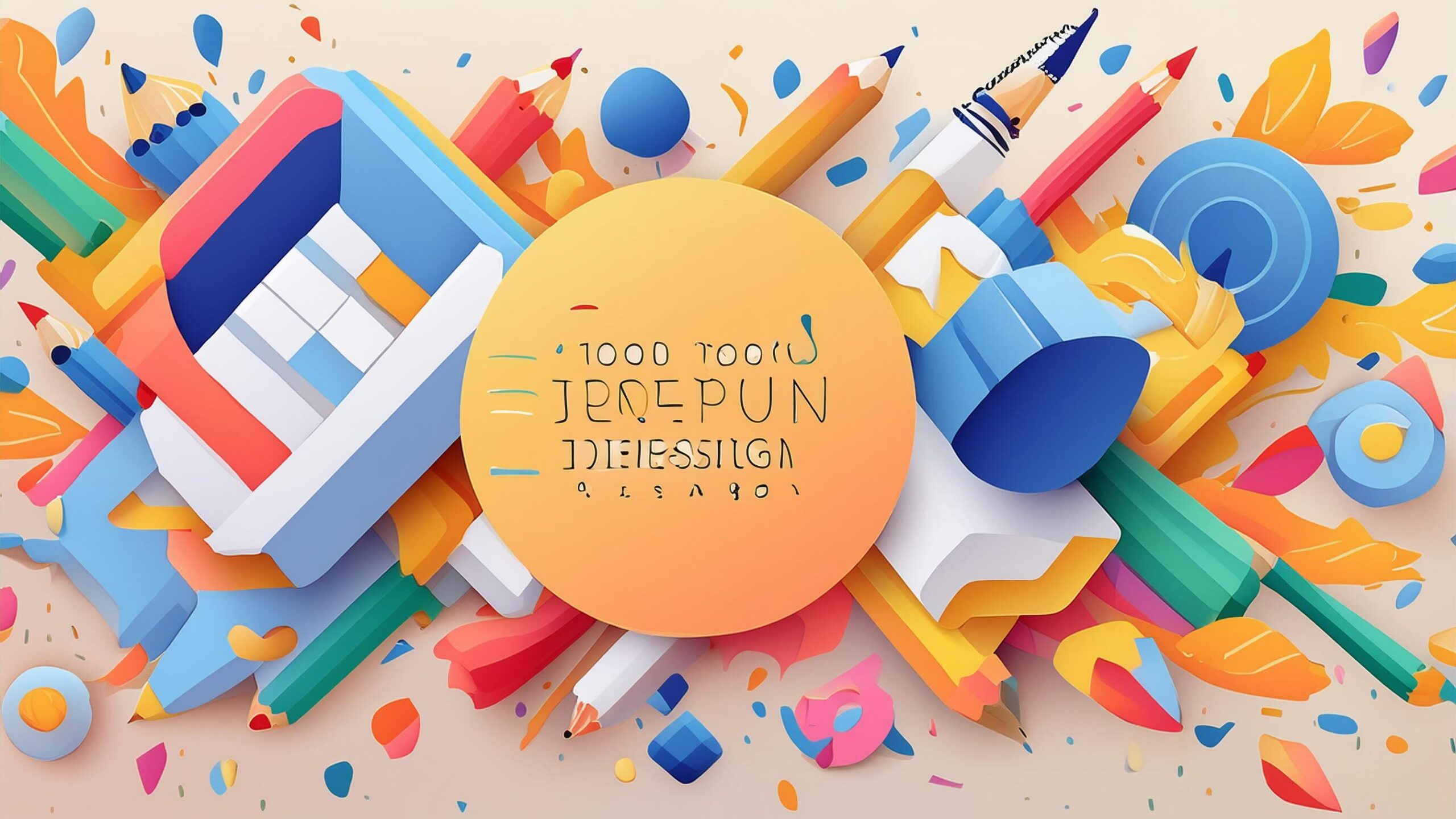
The Enduring Power of Design: A Force Shaping the Digital Future
Graphic design is not merely a visual art form; it’s a driving force in the ever-evolving digital landscape. Throughout this exploration, we’ve witnessed how graphic design has adapted alongside technology, constantly pushing the boundaries of creative expression and shaping the way we interact with the digital world.
From the dawn of desktop publishing to the immersive experiences of virtual reality, graphic designers have consistently demonstrated their ability to.
Embrace Innovation
They readily adopt new technologies, transforming them into powerful tools for visual storytelling and user engagement.
Foster Collaboration
They thrive in interdisciplinary environments, working alongside developers, UX/UI specialists, and other stakeholders to create seamless digital products.
Prioritize User Experienc
They understand the importance of user-centric design, crafting experiences that are not only aesthetically pleasing but also intuitive and functional.
As we look towards the horizon of a future brimming with technological advancements, graphic design remains poised to play a pivotal role. With their unique blend of creativity, technical expertise, and user empathy, graphic designers will continue to shape the digital experiences that define our world.
Leave a Comment
Suggestions
Gamescom Latam 2024 Get Ready!
The gaming world is booming, and Gamescom Latam…
UX Design: A Journey Through Time
In the ever-evolving world of technology, user experience…
Games Gathering Conference 2022
Games Gathering is the largest B2B conference dedicated…
Top 5 projects selected by roockie
The Rookies platform helps digital artists get discovered…

